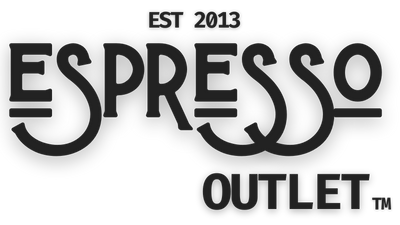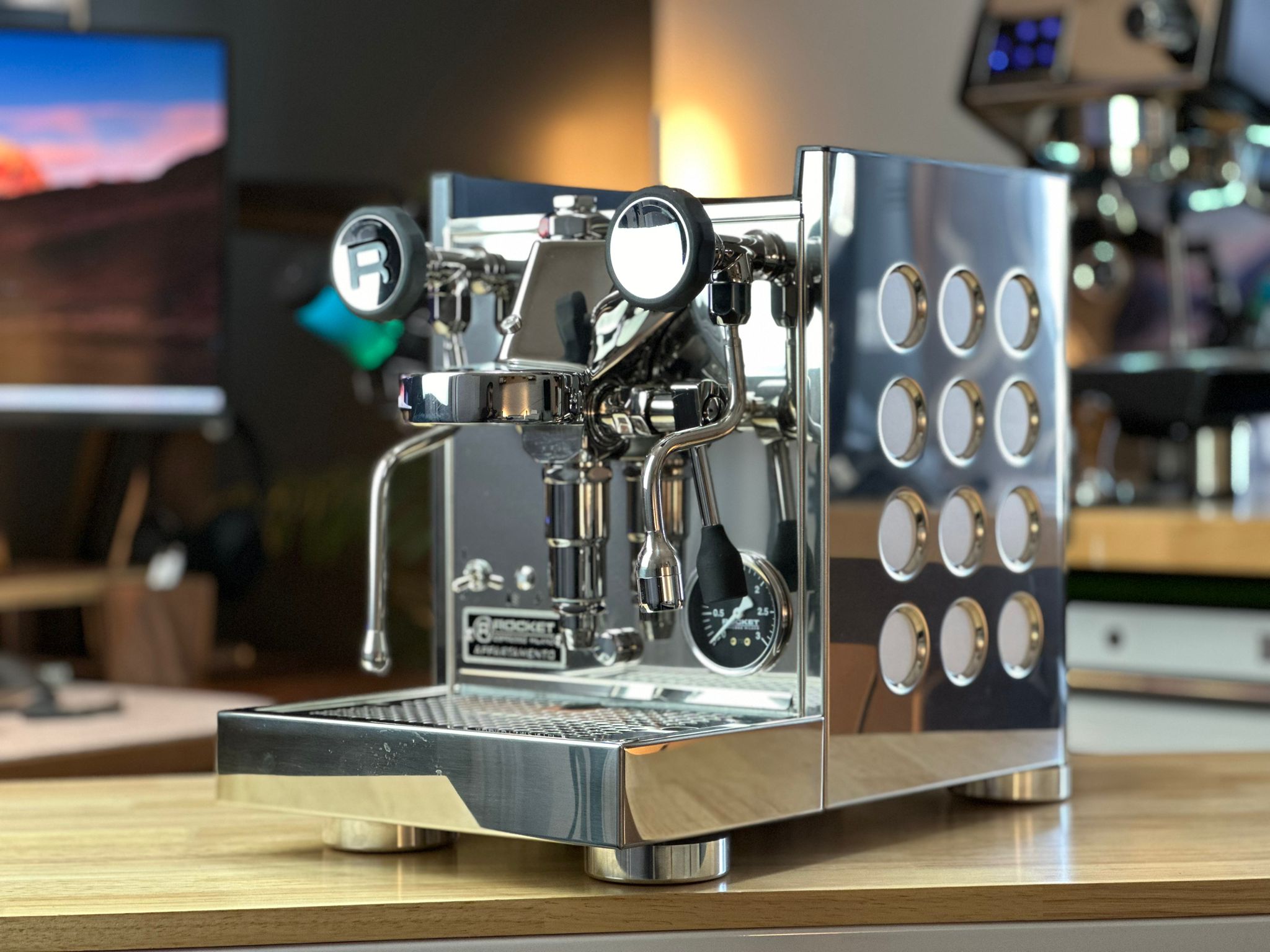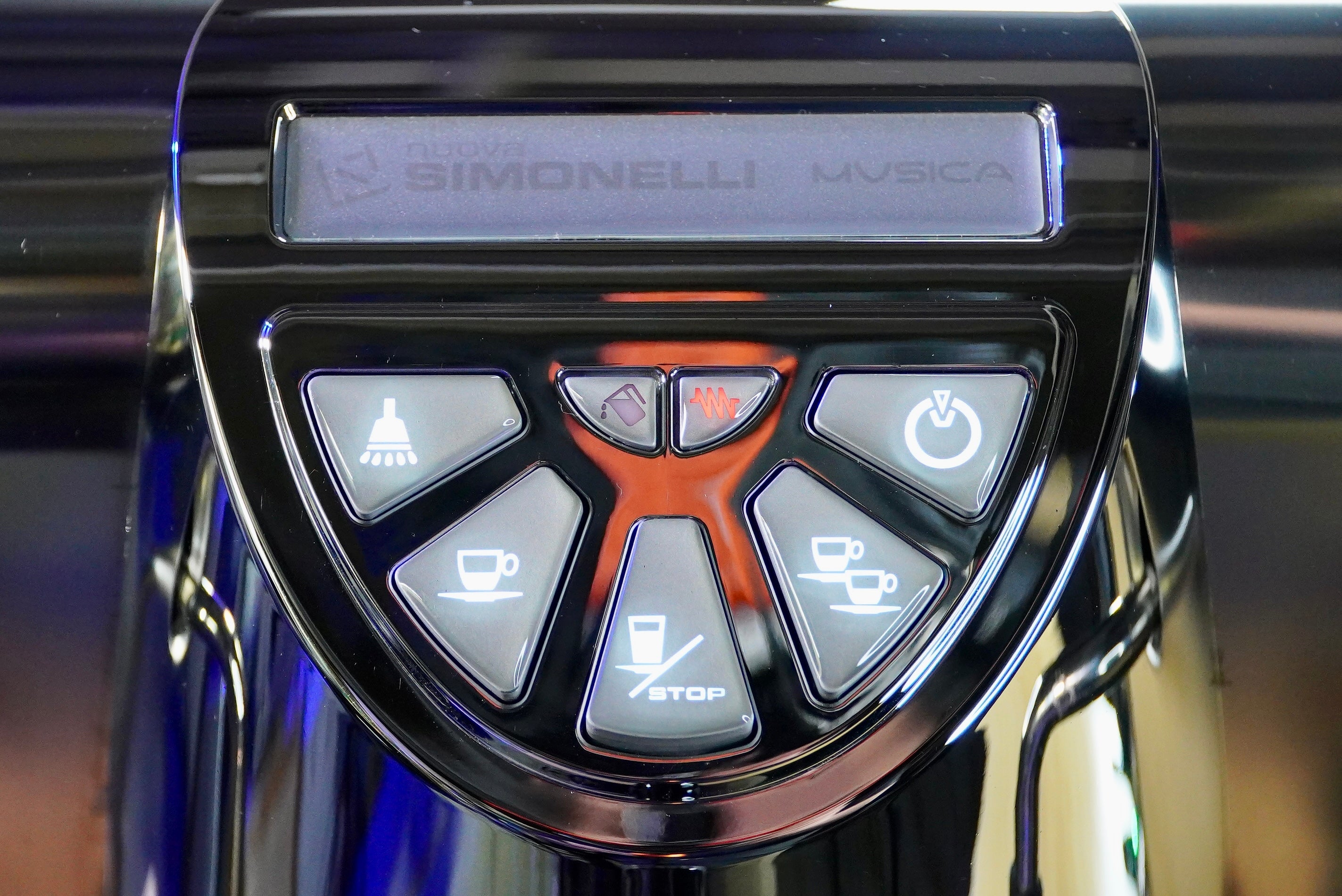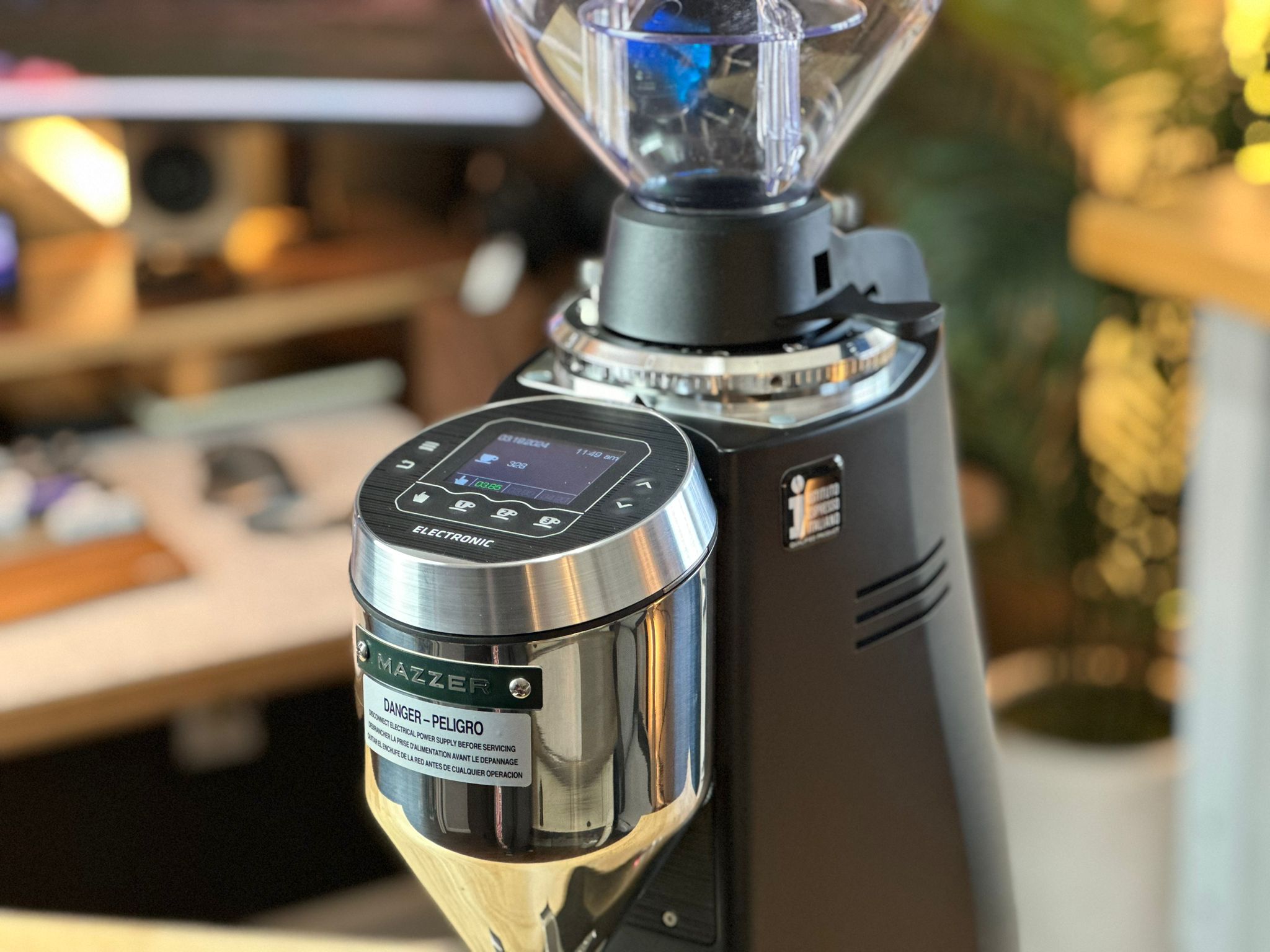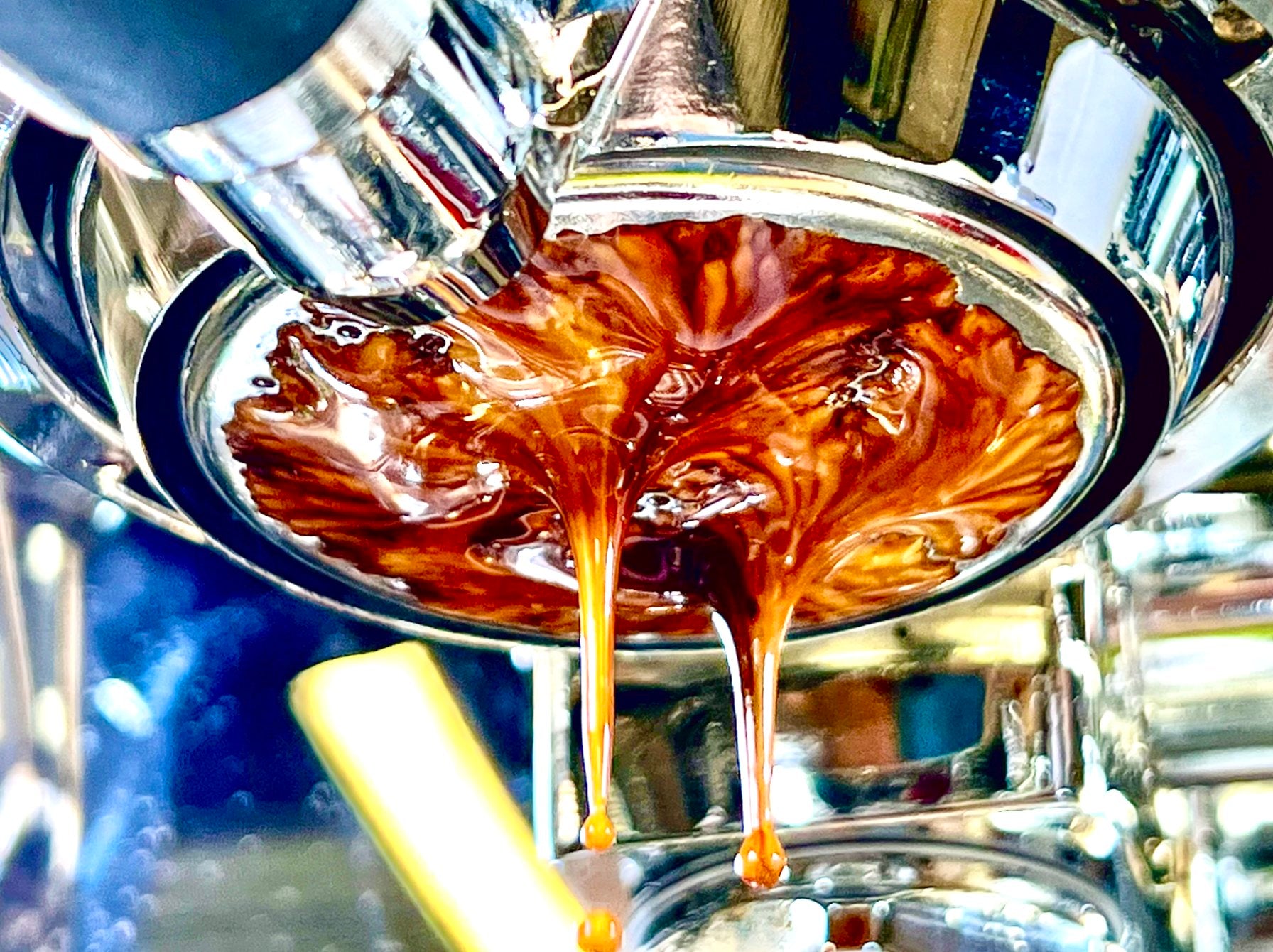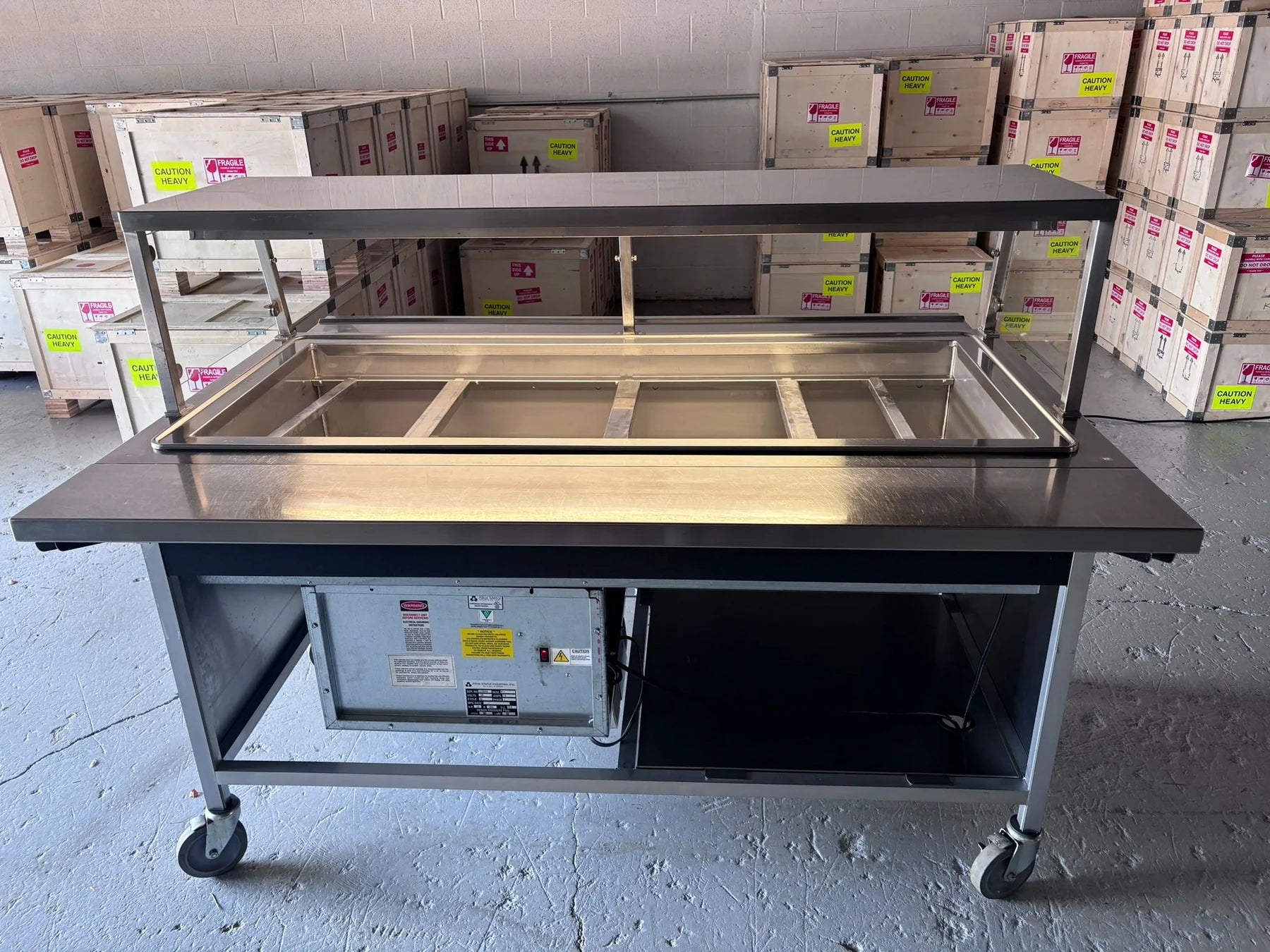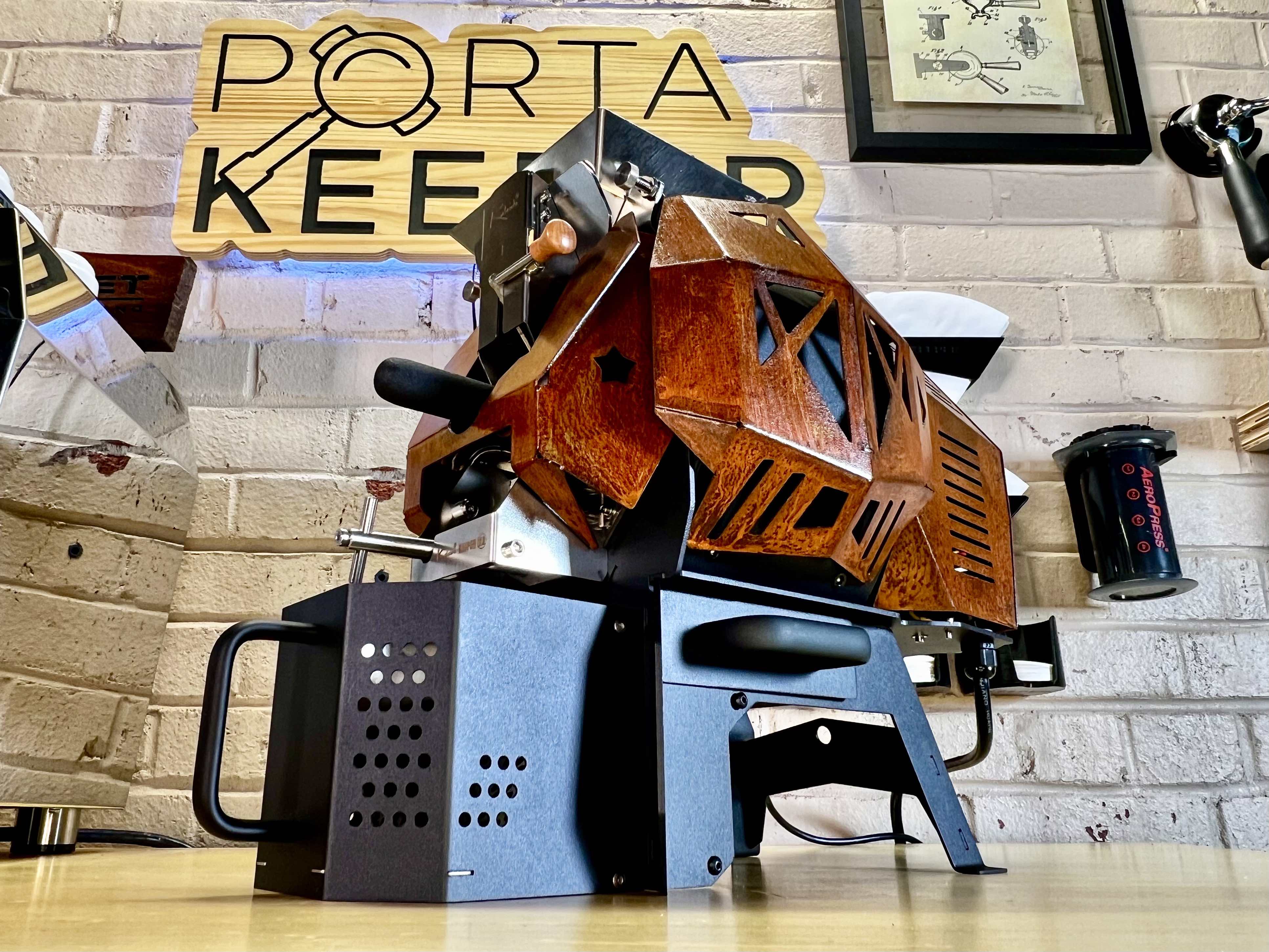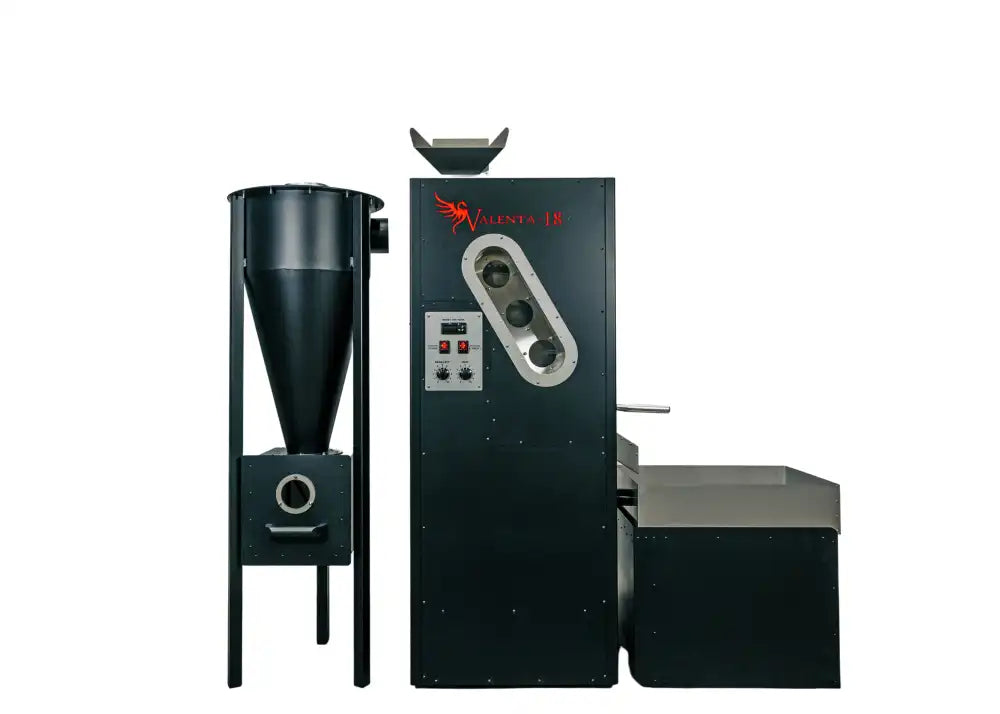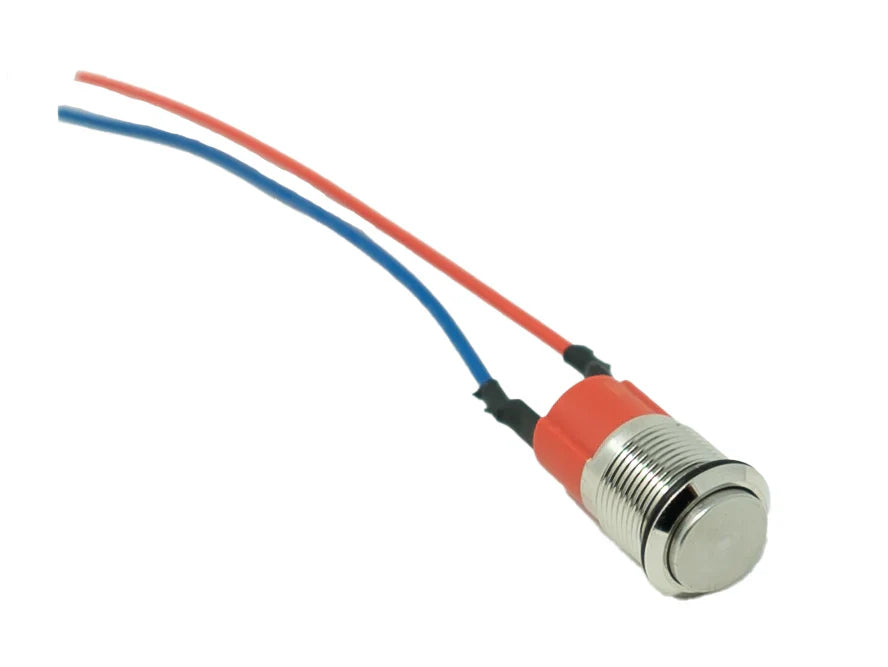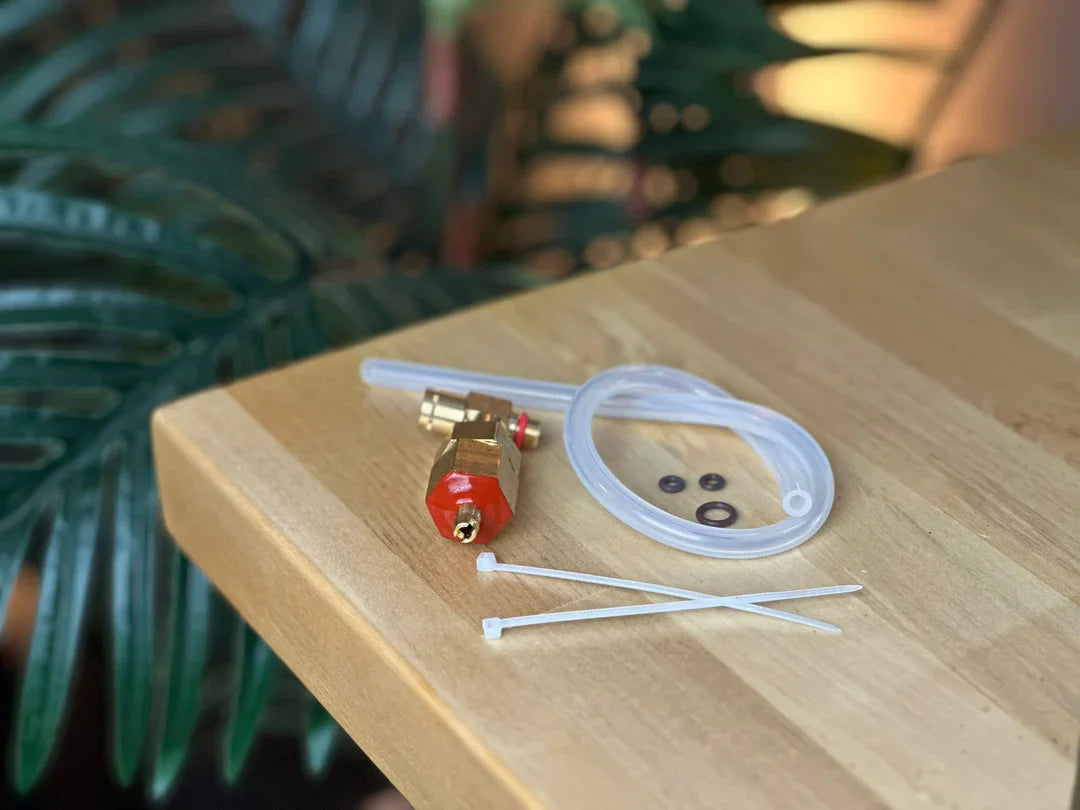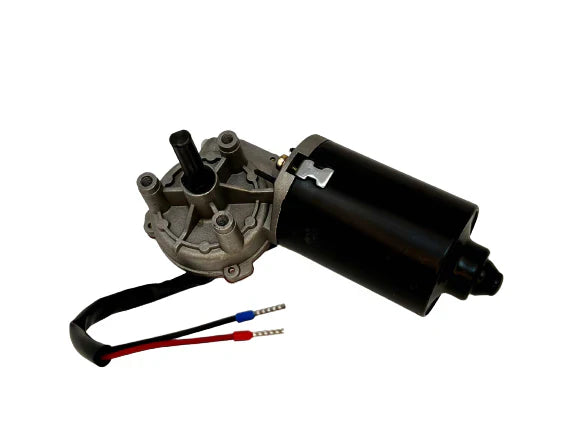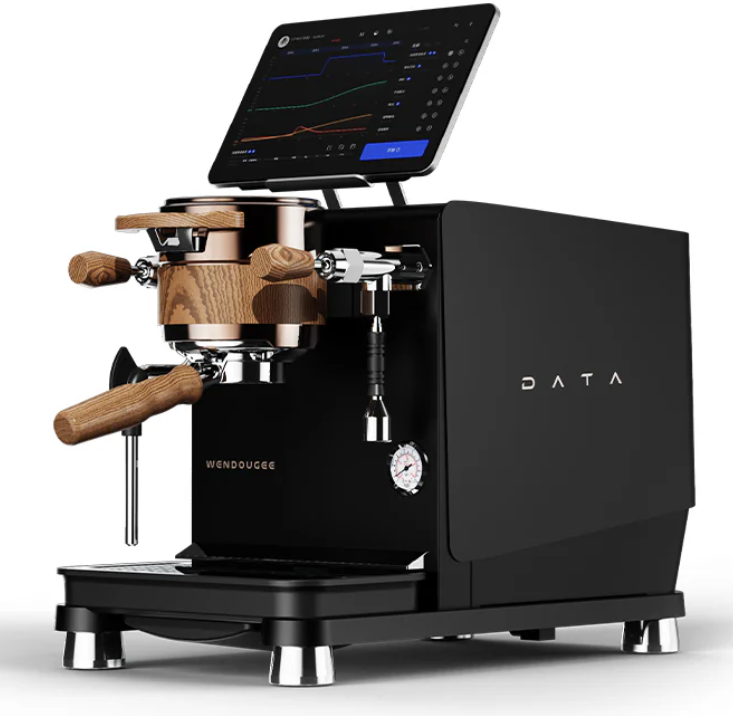Why Distilled Water Can Be Bad for Espresso Machines: A Detailed Explanation
Using distilled water in espresso machines might seem like a good idea at first, since it contains no minerals and eliminates the risk of limescale buildup. However, distilled water can actually be detrimental to both the machine and the quality of the espresso. This detailed explanation will cover why distilled water, which is stripped of minerals through processes like distillation or reverse osmosis (RO), can harm your espresso machine and negatively affect coffee extraction.
1. What is Distilled Water?
Distilled water is purified water that has been boiled into steam and then condensed back into liquid, effectively removing all dissolved minerals and impurities. The result is pure H₂O with a very low Total Dissolved Solids (TDS) level, typically near 0 ppm.
While this may seem ideal for preventing limescale, using water that is completely devoid of minerals can introduce other problems in an espresso machine.
2. Why Minerals are Important for Espresso Machines
2.1. Water Conductivity and Sensor Function
Espresso machines rely on water conductivity to monitor water levels, control brewing temperature, and manage other automatic functions. Most modern espresso machines are equipped with sensors that detect water levels in the boiler, and these sensors depend on the presence of dissolved minerals to function properly.
-
Pure water is a poor conductor of electricity because it lacks ions, which are necessary for conductivity. Distilled water has virtually no minerals, making it a poor conductor. In an espresso machine, this can cause the sensors to malfunction, leading to issues such as:
- Inaccurate water level readings
- Inability to trigger the heating element
- Malfunctions in the automatic filling system
Machines designed to use water with some mineral content (typically around 50-150 ppm) may experience significant operational problems if only distilled water is used.
2.2. Corrosion of Metal Components
Although distilled water prevents limescale, it can actually cause corrosion in espresso machine components. Pure water is slightly acidic because it readily absorbs carbon dioxide (CO₂) from the atmosphere, forming carbonic acid (H₂CO₃). This acidity, combined with the lack of dissolved minerals, makes distilled water more aggressive in its interactions with metals.
- Leaching of Metals: When distilled water flows through the machine's metal pipes, boiler, and other components, it can leach metal ions from the system. Over time, this can lead to the degradation of metal parts, especially in brass, copper, or steel components. The absence of dissolved minerals makes the water more chemically reactive, accelerating this process.
- Pitting Corrosion: Distilled water can cause pitting corrosion, where small, localized holes form on the metal surfaces, weakening the espresso machine's internal structure.
3. Impact on Espresso Extraction
3.1. Under-Extraction
Minerals, especially calcium and magnesium, play an essential role in coffee extraction by interacting with the soluble compounds in coffee grounds. These minerals help extract desirable flavors, such as sweetness, acidity, and bitterness, in balanced proportions. Distilled water, with no minerals, can cause under-extraction, leading to weak, sour, and flat-tasting espresso.
- Magnesium enhances the extraction of complex aromatic compounds, contributing to the coffee's brightness and clarity.
- Calcium contributes to the body and mouthfeel of the coffee, enhancing the texture and balance.
In distilled water, these essential ions are missing, leading to:
- Unbalanced extraction: The coffee may taste bland or thin, lacking depth and complexity.
- Sour or harsh notes: With under-extraction, certain flavor compounds (like acids) are not properly balanced by sugars and bitters, resulting in a sour or overly acidic cup.
3.2. Reduced TDS in Brewed Coffee
When water has no dissolved minerals (i.e., a TDS of 0), it cannot effectively dissolve the coffee’s soluble components. Coffee extraction relies on water to draw out a specific amount of soluble materials, which contribute to the flavor profile of the final brew.
- Water with a TDS between 75-150 ppm is generally ideal for coffee brewing because it provides a good balance between the solubility of coffee compounds and flavor extraction.
- Distilled water’s TDS is too low, which reduces the overall extraction efficiency, leading to underdeveloped flavors.
4. Potential for Machine Damage Due to Overheating
Because distilled water lacks minerals, it does not conduct heat as efficiently as water with some dissolved solids. Espresso machines are calibrated to operate with water that has typical levels of minerals, which influences the thermal dynamics inside the boiler. Distilled water may cause overheating issues, as the machine might overcompensate for the poor heat conductivity.
- Overheating can damage the machine’s heating elements and internal components, further shortening its lifespan.
5. The Role of Ideal Water in Preventing Limescale Without Causing Harm
5.1. Balanced Water Composition
Rather than using distilled water, experts recommend using water with moderate mineral content, specifically designed for espresso brewing. Ideal water hardness should be around 50 ppm, with a balanced mix of calcium, magnesium, and bicarbonates to prevent both limescale buildup and corrosion.
- The Specialty Coffee Association (SCA) recommends the following water parameters for brewing:
- Total hardness: 50-70 ppm (expressed as CaCO₃)
- Calcium hardness: 40-70 ppm
- Magnesium: 10-20 ppm
- Total dissolved solids (TDS): 75-150 ppm
- Alkalinity: 40-70 ppm (as CaCO₃)
This balanced water provides enough minerals to optimize extraction while minimizing the risk of limescale.
5.2. Use of Pre-Formulated Water
To achieve the ideal mineral balance, many coffee enthusiasts use pre-formulated water solutions like Third Wave Water, which are designed to be mixed with distilled or reverse osmosis (RO) water. These additives include the right amount of calcium and magnesium to ensure optimal extraction and safe machine operation.
- Third Wave Water offers different formulations for espresso, calibrated to balance mineral content and ensure machine safety.
5.3. Blending Distilled Water with Tap Water
In regions with hard water, an effective approach is to blend distilled water with a small amount of tap water to reach the ideal hardness level (50 ppm). This reduces the risk of limescale while still providing enough minerals for extraction and machine performance.
Conclusion
While distilled water may seem like a solution for preventing limescale in espresso machines, its lack of minerals can cause several problems. Distilled water is a poor conductor of electricity, potentially causing sensor malfunctions. It is also aggressive toward metal components, leading to corrosion and pitting. Most importantly, distilled water can lead to under-extraction in coffee, resulting in weak, flavorless espresso.
For optimal espresso machine performance and longevity, as well as for great-tasting espresso, water should have a hardness of around 50 ppm and a balanced mineral content. Using mineralized or lightly filtered water will prevent both limescale buildup and the operational problems associated with distilled water.
